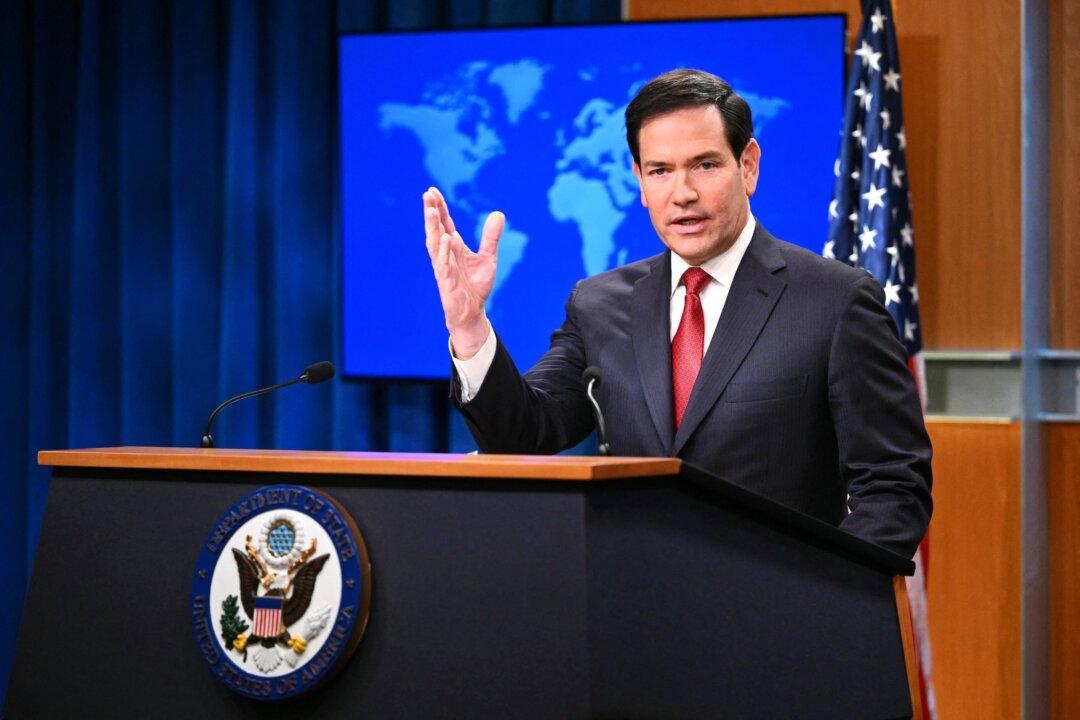The U.S. Attorney’s Office for the Southern District of New York on Dec. 18 announced charges against three foreign nationals who have been extradited to the United States for allegedly trafficking Chinese fentanyl precursors and instructing traffickers on how to manufacture and smuggle the drugs into the United States.
The case is emblematic of how illicit fentanyl traffickers have worked to evade U.S. sanctions and agreements with China to block the flow of the deadly drugs into the United States.





